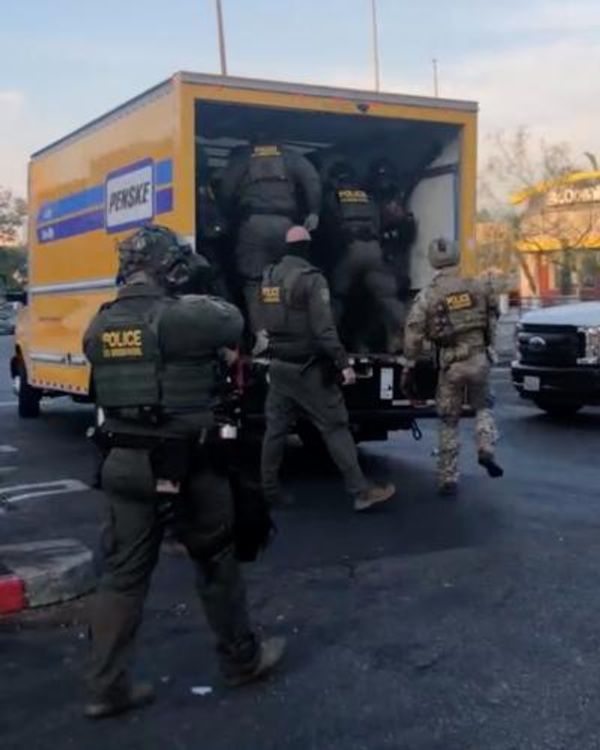The Berlin Wall may be physically disappearing – David Hasselhoff went there to campaign for its preservation last month – but some things last longer than mere bricks and mortar. Town planning, for instance, as Colonel Chris Hadfield demonstrated when he took this picture of Berlin from the International Space Station on Wednesday last week.
The Canadian astronaut has become a social media star thanks to his efforts to normalise space flight by telling us about his experiences through the medium. And what better way to engage humanity than by showing it pictures of itself and the planet on which it lives from his heroic perspective?
His snap of Berlin, taken from about 200 miles above the Earth, clearly shows the line of the old wall as expressed by the difference in streetlighting between the former east and west.
"Berlin was divided into two parts for over 40 years," explains Christa Mientus-Schirmer of Berlin's city government. "And although we've made a lot of progress in the 20 years since the wall fell, we haven't had the money we would have liked to equalise the two parts of the city."
Daniela Augenstine, of the city's street furniture department, says: "In the eastern part there are sodium-vapour lamps with a yellower colour. And in the western parts there are fluorescent lamps – mercury arc lamps and gas lamps – which all produce a whiter colour." The western Federal Republic of Germany long favoured non-sodium lamps on the grounds of cost, maintenance and carbon emissions, she says.
Hadfield's intriguing shot of Berlin can be filed alongside other artefacts of reunification, including the term "Mauer im Kopf" meaning "the wall inside the head" of former Ossis (easterners) and Wessis (west Germans) that has led, for instance, to the radical Left party gaining three times as many votes in the former communist east than in the FRG.
Berlin's 43,000 yellow sodium lights, at least, are steadily vanishing as the city strives to become carbon neutral by 2050. Someone call the Hoff?







